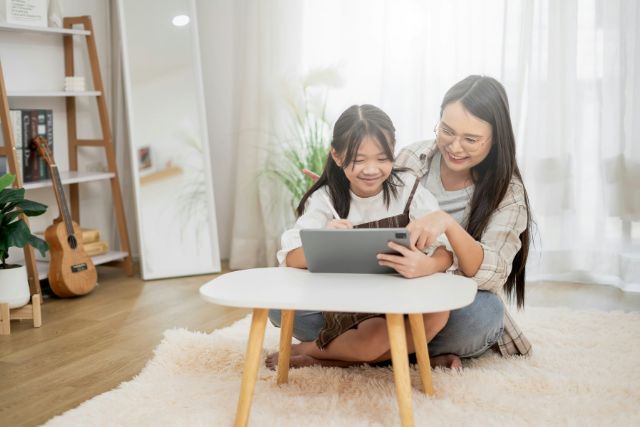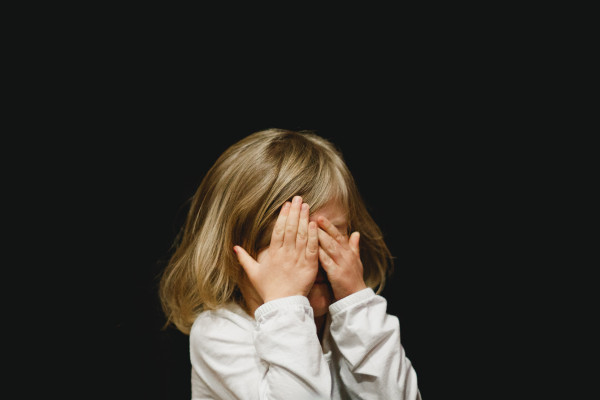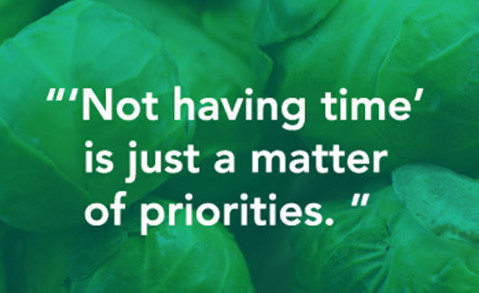A centuries-old practice stemming from eastern cultures, mindfulness is fast becoming a prominent practice in modern societies. Also defined as being completely present to, aware of and accepting what is happening at the moment, practicing mindfulness boasts numerous benefits, both for adults and kids alike.
These include developing self-awareness, connecting with one’s environment, strengthening relationships with others and deepening parent-child bonds. In teaching mindfulness to kids, parents should first start by role modelling mindfulness.
This may be done through establishing their own mindful routines or practices. They can then start teaching their children mindfulness, even as early as preschool. To do this, parents can let kids apply mindfulness to simple activities like showering, with a focus on sensorial awareness during such routines.
‘Mindful stops’ are also helpful, as they encourage kids to slow down and take stock of their surroundings. As with any other good habit, applying mindfulness takes practice, but will eventually become second nature when kids practice it regularly.

What Is Mindfulness All About?
“Mindfulness is about being completely present to, aware of and accepting what is happening right now, without judgment or over-concern,” says Zerlina Sim, life and mindfulness coach, Country Director of Potential Project Singapore and founder of blog Honeyjoys Soulful Parenting.
“Very often, our minds are really active – we’re either thinking about the past or looking into the future,” adds Joanna Bush, play therapist at Connections Counselling and co-founder of Mindful Mums Singapore. “Mindfulness means being able to connect with oneself and one’s environment at a particular moment in time.”
In addition to being present in the moment, mindfulness also involves connecting with one’s body, through using the five senses of taste, touch, hearing, smell and sight.
Where Has Mindfulness Been Picked Up?
Contrary to popular belief, mindfulness isn’t a new age philosophy. In fact, it’s been practiced in various forms for centuries around the world, with roots in eastern cultures. It’s also become a prevalent practices in modern societies, with many corporates introducing it to increase productivity in the workplace.
As Sim notes, mindfulness as a tool towards building greater awareness of one’s mind and state of health is gaining traction in Singapore as well.
In fact, several local preschools and primary schools have incorporated mindfulness into their curriculum. These include Chiltern House Preschool (now renamed as Julia Gabriel Preschool), which teaches mindful activities such as regulating emotions through breathing techniques.
 Chiltern House Preschool Mindfulness Program
Chiltern House Preschool Mindfulness Program
In 2017, Westwood Primary School also introduced daily ‘mindful breathing’ sessions at the end of recess for students. Mindfulness is even taught at business schools, with Singapore Management University (SMU) offering courses to the public (including a Parenting with Mindfulness course).
What Are The Benefits Of Practicing Mindfulness?
In a fast-paced society like Singapore, mindfulness becomes an especially useful skill (for both adults and children) in coping with stress and anxiety. “Mindfulness helps develop self-awareness, and that is crucial in managing various stresses,” notes Bush. “Whatever life throws at you, being mindful helps you acknowledge how you feel and gives you time to respond in a healthy, beneficial way.”
Another benefit of mindfulness is being able to connect with one’s environment. “When people go about their day, they’re often on autopilot and very much in their own heads and thought processes,” explains Bush. “Being mindful helps individuals become aware of what’s going on around them and more attuned to their surroundings.”
Mindfulness also plays a crucial role in building social relationships and connecting with others. If you’re self-aware, you’re likelier to be attuned to what others are thinking and feeling. This includes being attentive to their words and facial expressions.
“Children benefit immensely from parents who practice mindfulness,” adds Sim. “When parents are intentionally present as they interact with their child, this in-the-moment attentiveness allows family relationships to become more collaborative, respectful and positive.”
With greater awareness and understanding, a parent’s response to situations becomes less about actions or final outcomes and more about appreciating each moment. This also deepens the multifaceted parent-child relationship, elaborates Sim.
At What Age Is It Appropriate To Teach Kids Mindfulness?

As both Bush and Sim emphasise, mindfulness should first be learnt and role modelled by parents. “Parents should establishing their own mindful routine or practice first,” advises Sim. “Each parent then decides when it is appropriate, as a family, to begin offering, teaching and supporting such emotional education and development.”
Bush also recommends modelling mindfulness prenatally. “Even when your little one is in the womb, mums should try to mindfully connect with themselves and be aware of their breathing,” she says. “This relieves tension in the body, and your baby can feel that.”
Interestingly enough, babies and toddlers are especially mindful and live in the present moment, not being preoccupied with future worries. This sense of mindfulness tends to dissipate as they get older. As such, parents should reinforce mindful practices as soon as kids enter preschool.
How Can Parents Teach Kids To Use Mindfulness In Their Daily Lives?
As with any other good habit, applying mindfulness takes practice and doesn’t happen overnight. When teaching it to your child, start with simple activities.
For example, rather than going on ‘autopilot’ when taking a shower, remind your child to take a few moments to check in with themselves. Instead of getting out of the shower as quickly as possible, they can be mindful of how their senses feel when they turn on the tap, use soap or hear the water running. Encourage them to be mindful of their breathing during these moments as well.
To train your child to connect with their environment, ‘mindful stops’ where they pause and observe their surroundings are extremely helpful. Tell them to notice three things in the vicinity that they haven’t noticed before, and to be observant of what they are touching, hearing or smelling.
Mindfulness doesn’t have to be applied in large doses as well. In fact, it may simply be a 30-second moment during the day.
“Your child can pick one part of the day where they feel a bit more challenged, such as at the start of a lesson or test,” suggests Bush. “During these moments, applying mindfulness techniques will help them become present, and mindfulness will eventually be second nature to them.”
By Rebecca Wong.
* * * * *
Like what you see here? Get parenting tips and stories straight to your inbox! Join our mailing list here.
Want to be heard 👂 and seen 👀 by over 100,000 parents in Singapore? We can help! Leave your contact here and we’ll be in touch.


























































